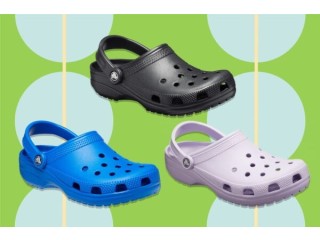What are the advantages of acrylic bottles?
3 years ago Fashion San Antonio 0.9K views Reference: 44792Location: San Antonio
Price: Contact us
A good product must have good packaging. There are many packaging forms in our market, and today I will talk about the packaging of the acrylic bottle in the packaging.
It is a material that combines the two properties of plastic bottles and glass bottles in our previous bottle packaging. It provides an effective guarantee for the rapid development of our packaging industry, and also fills in the gap that some products in the domestic packaging industry cannot be packaged. It can basically meet the needs of the domestic market, and some products are still exported. One of the major advantages of this pressure bottle material is that it can be further processed. The previous bottle packaging would not be based on customer requirements, but this acrylic bottle can now meet this requirement, as long as you can think of it, we can now complete it.
Acrylic packaging bottles for cosmetic containers have good transparency, light transmittance of more than 92%, good anti-aging performance, and can be used at ease outdoors. Acrylic packaging bottles have a wide range of varieties, rich colors, and good comprehensive performance. Provides diversified options, which can be dyed, and the surface can be painted, silk screened or vacuum coated.
Acrylic bottle is actually an organic material that combines acrylic and methacrylic materials. This material not only functions as a glass bottle but also a plastic bottle. It embodies the functions of both On the pressure bottle, its effect is also very obvious. It has good transparency, more aging resistance than ordinary bottles, light weight, strong resistance to chipping, and good insulation. The important thing is that it is resistant to corrosive things such as acids and alkalis. The shape can also be processed to become beautiful. If it is used in the field of cosmetics, it would be suitable, and its production has been well represented nationwide.
In the field of cosmetic bottle packaging, cosmetic plastic containers and acrylic bottles are widely used in the packaging of high-end creams, lotions and other cosmetics, and are well received by the market. Acrylic bottle not only has the characteristics of plastic: drop resistance, light weight, easy coloring, easy processing, low cost, etc., but also has the characteristics of glass bottle with beautiful appearance and high-quality texture. It allows cosmetics manufacturers to use the cost of plastic bottles to obtain the appearance of glass bottles, but also has the advantages of resistance to falling and easy to transport.
Impact of Shower Products
So how big is our plastics problem in our bathrooms? For context, in the United States alone, 550 million empty shampoo bottles are thrown away each year. This figure does not include conditioner, body wash, or other bathing products -just shampoo bottles. Compounding this problem is the fact that only a fraction of these bottles are recycled. Instead, most end up directly into our rubbish bins. Most people don’t keep separate recycling bins in their bathroom, so empty plastic containers from the bathroom tend to miss out on recycling. With the average American using 11 bottles of shampoo a year, these large, bulky plastic containers are a significant contributor to many households’ annual waste.
In the United States alone, 550 million empty shampoo bottles are thrown away each year.
Shampoo or Bottle of Water?
Would you like some shampoo with your bottle of water? Yes, you read that correctly - the majority of your shampoos and conditioners are water, with only about 10% being actual products. When cleaning products changed from solid bars to liquids, water was added and thus creating the need to be stored in a plastic container. While shampoo bottles are not quite single-use plastic bottles, they are not far off.
In addition to the plastic waste produced by the bottles, the increased carbon footprint also needs to be considered. Larger and heavier bottles that need to be shipped create a bigger carbon footprint than lighter weight smaller bars and solid products.




